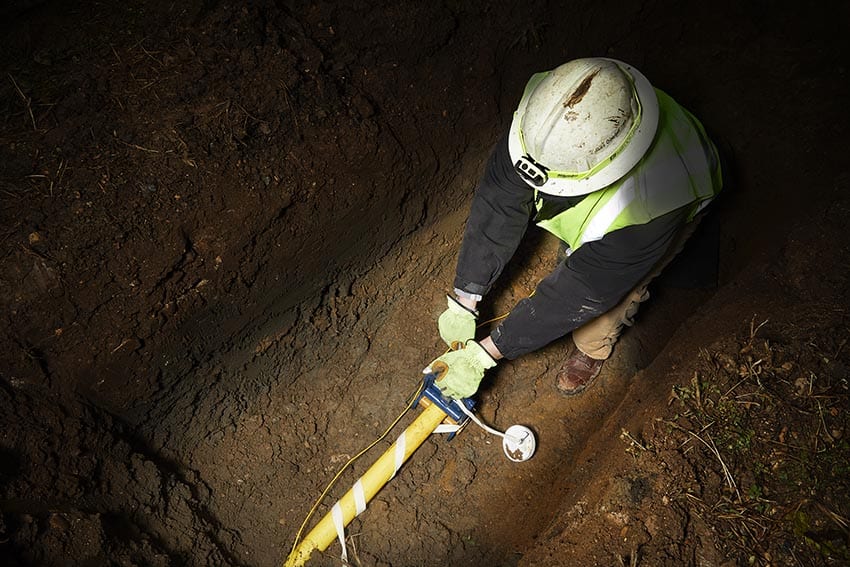When you’re working in a hazardous location, having intrinsically safe (IS) gear is a common requirement. For our purposes, we’re going to use the example of an intrinsically safe headlamp in this article.
For a lighting device to carry an intrinsically safe rating, it has to have a build that won’t cause the ignition of hazardous material in hazardous locations.
Intrinsically Safe Definition
Typically these devices involve some type of electronics that might otherwise cause an explosion in certain hazardous locations. A strict definition of an intrinsically safe (IS) device is one that has built-in protection for operating the electronic device in hazardous areas. It does this by limiting either or both electrical and thermal energy so that it prevents ignition in a hazardous space.
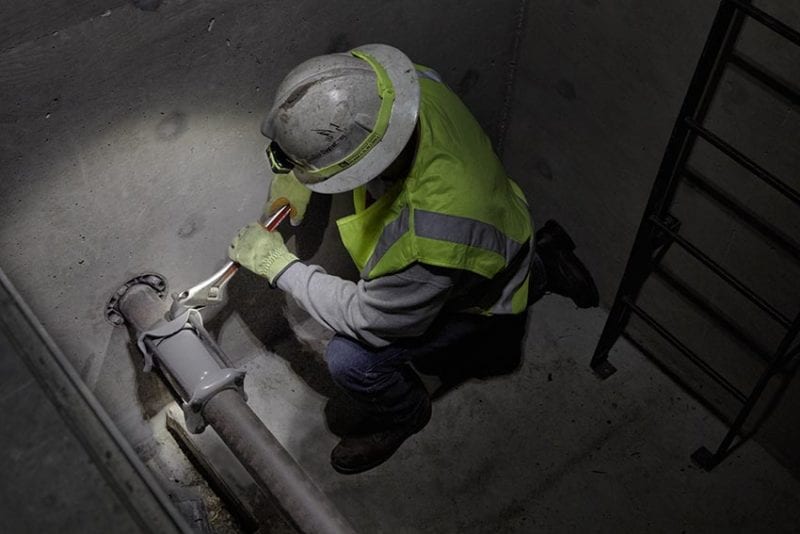
Classes and Divisions of Hazardous Locations
Hazardous locations run in three classes:
- Class I: Flammable gases, vapors, or liquids
- Class II: Combustible dusts
- Class III: Ignitable fibers and flyings
Aside from those classes, there are also two divisions:
- Division 1: conditions that are expected in everyday operations
- Division 2: Conditions that are not likely during normal operations
When you’re using an approved intrinsically safe headlamp, you can use it in any class and either division. Read up on more hazardous location info in this article.
Intrinsically Safe vs Explosion Proof
Two primary requirements for lighting safety in a hazardous location are intrinsically safe and explosion-proof. While they may sound like they mean the same thing, they’re actually different techniques.
An IS light is not capable of releasing enough electrical or thermal energy to cause ignition in a hazardous location.
An explosion-proof light is able to contain sparks that might ignite material in a hazardous location.
The difference is the lack of ability to create an ignition source vs containing it (explosion-proof).
The Downside to Intrinsically Safe Equipment
There is a downside to intrinsically safe equipment. It has energy limitations. In our example headlamp, you only get 310 lumens of output. That’s actually pretty solid, though. Most competitive headlamps are under 200 lumens and the most common model in the field is just 120.
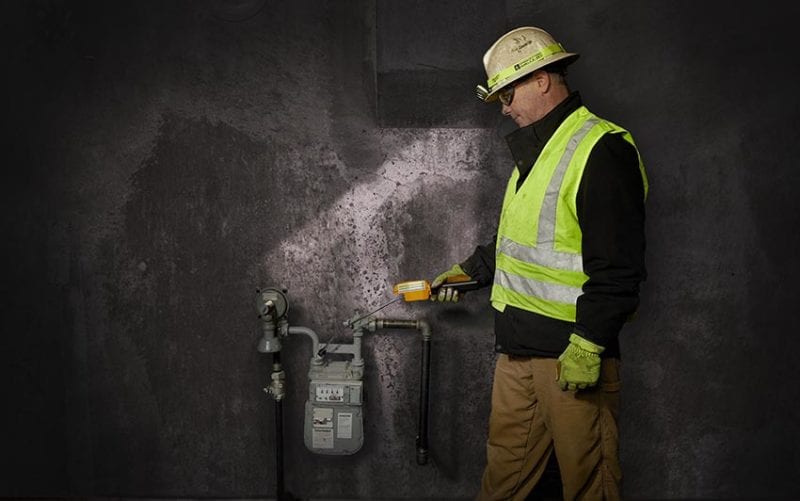
When you need more light, particularly for area lighting, you have to move to more expensive explosion-proof options.
More Than Just Lighting
There are plenty of other types of intrinsically safe equipment besides lights, though lighting is one of the most common equipment classes around hazardous locations.
When you’re working in these environments, it’s important to designate separate storage for your intrinsically safe equipment and your standard equipment, especially if you move between hazardous and normal jobsites frequently.
Spend some time training your crew about the differences in locations and the equipment required for working in them. Anything you can do to ensure you’re grabbing the right tools for the job keep you and everyone working around you safer.
The LED Headlamp Used in Our Example
Do you like the headlamp we used in the photos? It’s the Milwaukee 2004HZL. There are a couple of reasons we highlighted this headlamp over others.
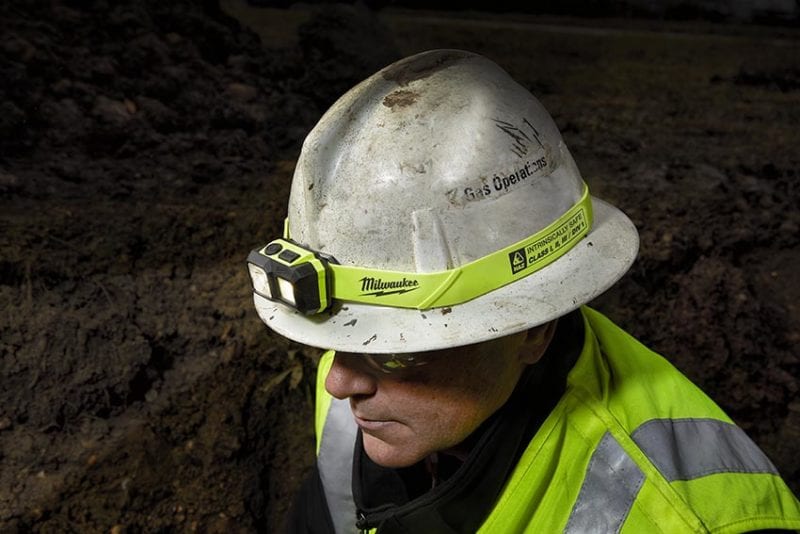
It’s clearly marked as intrinsically safe and distinct in its color design from any of Milwaukee’s other headlamps. When you pick it up, you know without a doubt it’s your IS headlamp rather than a standard one.
That’s not something every manufacturer of intrinsically safe lighting does and it’s really helpful when you’re working in hazardous locations.
It also doesn’t compromise on performance to deliver capabilities like 100-meter beam distance and light weight.
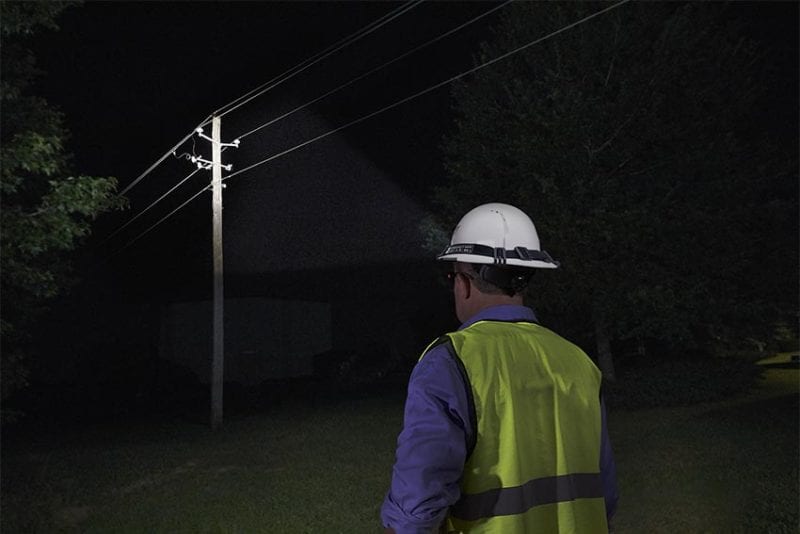
Read more about the Milwaukee intrinsically safe headlamp or head over to Acme Tools to pick one up for yourself.

